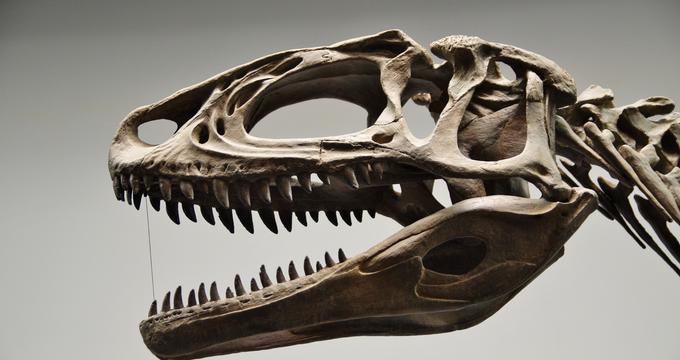"The Field Museum in Chicago is one of the world’s premier natural history museums, inspiring awe through its world-class exhibitions on dinosaurs, ancient civilizations, ecosystems, and Earth’s evolution. Located on the city’s Museum Campus, this iconic institution combines groundbreaking science with unforgettable experiences."
😍 I Found This Great For
Science & nature lovers
Explore 4 billion years of Earth’s history, from fossils to DNA
Families with kids
Discover interactive exhibits like the Play Lab and fossil prep stations
History enthusiasts
Journey through ancient Egypt, the Americas, and Africa with immersive displays
Curious minds
Meet real scientists and get hands-on with authentic specimens at the Science Hub
History
- Founded: 1893, inspired by the World’s Columbian Exposition
- Original Name: The Columbian Museum of Chicago
- Renamed: The Field Museum of Natural History in 1905 after a $1M donation by Marshall Field
- Opened to the Public: May 2, 1921 in its current Grant Park location
Permanent Exhibits
- SUE the T. rex: See the world’s most complete and famous T. rex fossil up close
- Inside Ancient Egypt: Enter a reconstructed tomb with 5,000-year-old artifacts
- Evolving Planet: Journey through 4 billion years of life, from single cells to humans
- The Ancient Americas: Walk through 13,000 years of Native cultures including Aztec cities
- Grainger Hall of Gems: Discover natural and lab-created jewels and their geological stories
- Tsavo Lions: Learn the legend behind the man-eaters of Kenya
- Hall of Jades: View over 450 jade pieces in this tribute to Chinese artistry
- McDonald’s Fossil Prep Lab: Watch paleontologists work on real fossils
- DNA Discovery Center: Learn about gene research and evolution from working scientists
- Pawnee Earth Lodge: Experience an authentic Native American earth dwelling
- Maori Meeting House: Admire intricate carvings in one of only three such houses outside New Zealand
- Africa: Engage with diverse cultural stories from across the African continent
- Regenstein Halls of the Pacific: Explore artifacts from across Oceania
- Gidwitz Hall of Birds: View one of the world’s most impressive bird collections
- Restoring Earth: Learn about conservation efforts in Chicago and the Amazon
- Project Hyena Diorama: A modern diorama featuring century-old hyena specimens
- Meteorites: Study real space rocks and learn how they formed
- Grainger Science Hub: Meet scientists and see unique specimens from the museum’s vaults
- The Crown Family Play Lab: A child-friendly area with hands-on learning and discovery
Educational Opportunities
- Field Trips: Hands-on learning for schools and student groups
- Events & Lectures: Expert talks, daily programming, and seasonal events
- Workshops & Classes: Interactive STEM experiences for all ages
- Camps & Residencies: Multi-day programs for deep science exploration
- Volunteering: Opportunities for youth and adults to get involved in museum life
Good to Know
- Location: On Chicago’s Museum Campus along Lake Michigan
- Accessibility: Fully wheelchair accessible; sensory maps available
- Dining: Several food and drink options inside and nearby
- Tickets: General admission includes most exhibits; special exhibits may require add-ons
Map & Location
The Field Museum, 1400 S. Lake Shore Drive, Chicago, Illinois 60605 – Phone: 312-922-9410
Located in Grant Park, easily accessible from downtown and steps from Shedd Aquarium and Adler Planetarium
Plan Your Trip


